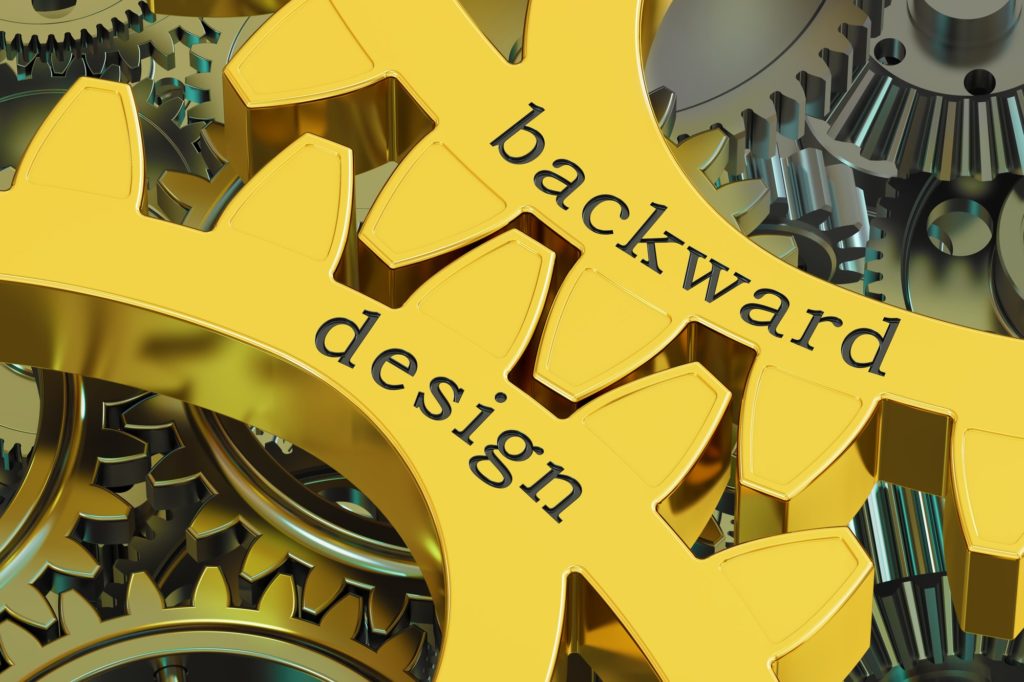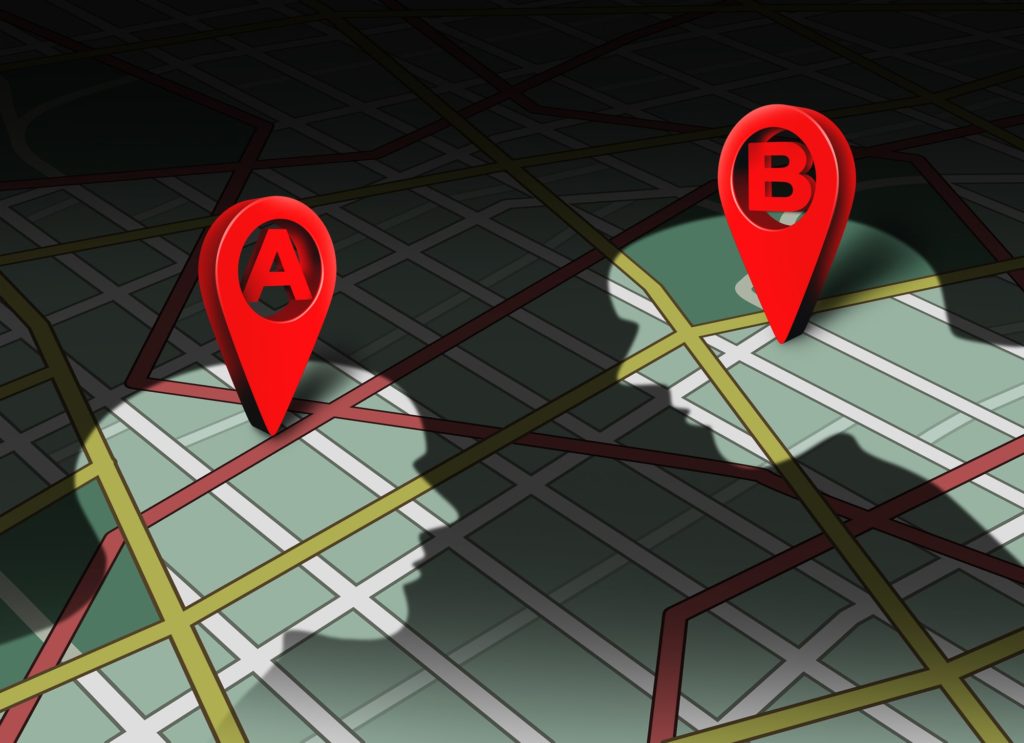Begin at the end. It’s a novel concept, and just one of the 21st-century teaching practices that are modernizing how we think, prep and lecture. Educators like Jennifer Gonzales have come to appreciate the backward design model. “Instead of starting with a topic,” she says, “we’d do better if we start with an end goal.”
What is the backward design model?
The backward design approach to curriculum development first establishes educational goals and then builds assessment and instruction to serve those goals. The process of planning assignments and lessons by instructors to achieve pre-set instructional goals is called backwards mapping.
Grant Wiggins and Jay McTighe introduced backward design in their book Understanding by Design. In contrast to the traditional “forward design” approach, backward design begins by establishing learning goals and then developing assessments and teaching methods to achieve the desired outcomes.

Benefits of backward design
In his guide to backward design, Ryan Bowen describes it as “a much more intentional approach to course design than traditional methods of design.” In this purpose-guided approach, the instructor must first establish the desired results and then build assessments and teaching tailored towards these results. With this clear target in place, educators are better equipped to teach.
In turn, students have a clearer understanding of expectations. Backward design provides a relevant context for students as they engage in learning activities. It enables students to envision a focused pathway to success.
Criticism of backward design
Critics of backward design express concerns around a potential lack of flexibility in programming. Teachers may fear “teaching to the test” and not enabling authentic learning. Education authorities establish a curriculum in a top-down manner that may not fully address the circumstances in a classroom.
Other concerns address the needs of the individual student. When you set goals upfront, you may base them on assumptions about student potential. These assumptions may not accommodate the needs or potential of individual students.
However, the backward design approach provides an authentic learning experience relevant for both the educator and the student when deployed effectively.
What are the three stages of backward design?
According to the Wiggins and McTighe model, the backward design model establishes course curriculum through three stages.
Stage 1: Desired Results
At this stage, goals are set within three categories:
- Familiarity. At the level of familiarity, students experience information through reading, seeing or doing. They aren’t expected to develop a deep understanding of this content.
- Important to know and do. Students should be able to demonstrate their new learnings.
- Enduring understanding. This category refers to the fundamental concepts students will be expected to retain.
Stage 2: Evidence and Assessment
Once the desired results are established, it’s time to move on to assessment methods and criteria. Two guiding principles apply:
- What types of assessments will best demonstrate the student has achieved the desired results?
- What constitutes suitable criteria to prove student proficiency and understanding?
Stage 3: Learning Plan
The third stage determines appropriate teaching strategies and learning activities. Key questions to answer are:
- What knowledge and skills will the student need to achieve the desired result?
- What activities will help the student acquire the necessary knowledge and skills?
- What is the best approach to teaching the student the essential knowledge and skills?
- What resources are most appropriate to achieving the desired result?

Lesson planning: backwards mapping
Backwards mapping occurs as the teacher prepares lesson plans to align with the curriculum based on backward design. Learning objectives are student-centered and clearly stated. Model Teaching outlines that goals should be specific and measurable, addressing the following components:
- Behavior. What the student is expected to do upon completion.
- Condition. How the learner carries out the behavior. For example, what tools, references, or aids are required.
- Criterion. How the student exhibits mastery, and how this mastery will be measured.
The steps for backwards lesson planning mirror the three stages of the backward design approach to curriculum development:
- Step 1 establishes objectives for what the student should be able to do. The teacher then considers how the student might demonstrate that new ability.
- Step 2 establishes suitable assessments to serve the learning objectives. This step includes both types of evaluation and criteria for success. In addition to formative and summative assessments, the educator considers diagnostic assessments to determine student readiness for the new material.
- Step 3 establishes the instructional strategies the teacher will employ. They’ll seek to provide a variety of approaches that combine active and passive learning.
Backward design lesson plan
Educators can follow a simple process to develop backward lesson plans for higher education. This approach applies to any field, including business, the sciences and STEM.
Planning starts with defining the learning goal and identifying the central question for the lesson. The second step establishes a definable target, an objective that you can measure. The next step is to determine appropriate assessments to demonstrate success with the objectives in place. The final step is where the educator decides which activities and teaching methods are best suited to achieving the learning goal.
A dynamic resource for goal-centered learning
The backward design approach to curriculum planning enables educators to provide goal-centered instruction. With learning objectives centered, students can appreciate the relevance of the instructional content. The backward design approach for curriculum development applies to individual lesson plans through the backward mapping approach.
![Backward Design Model: Lesson Plans and Examples [PLUS: Free Lesson Plan Template]](https://tophat.com/wp-content/uploads/LessonPlans-BlogArt.png)

